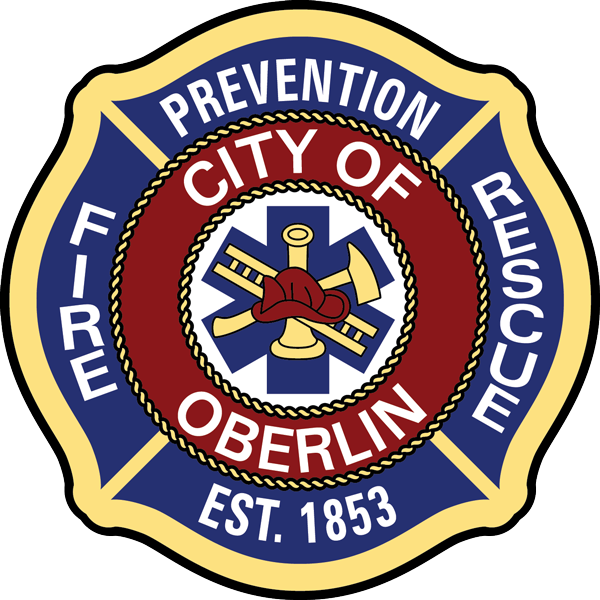Fire Extinguishers
Buy Extinguishers Carefully
A fire extinguisher should be “listed” and “labeled” by an independent testing laboratory such as FM (Factory Mutual) or UL (Underwriters Laboratory).
The higher the rating number on an A or B fire extinguisher, the more fire it can put out, but high-rated units are often the heavier models. Make sure you can hold and operate the extinguisher you are buying.
Remember that extinguishers need care and must be recharged after every use. Ask the dealer about the extinguisher and how it should be serviced and inspected. A partially used unit might as well be empty.
You may need more than one extinguisher in your home. For example, you may want an extinguisher in the kitchen as well as one in the garage or workshop. Each extinguisher should be installed in plain view near an escape route and away from potential fire hazards such as heating appliances.
Types of Extinguishers
Fire extinguishers are labeled according to the type of fire on which they may be used. Fires involving wood or cloth, flammable liquids, electrical, or metal sources react differently to extinguishers. Using one type of extinguisher on the wrong type of fire could be dangerous and make matters even worse.

Class A Extinguishers
will put out fires in ordinary combustibles, such as wood and paper. The numerical rating for this class of fire extinguisher refers to the amount of water the fire extinguisher holds and the amount of fire it will extinguish.

Class B Extinguishers
should be used on fires involving flammable liquids, such as grease, gasoline, oil, etc. The numerical rating for this class of fire extinguisher states the approximate number of square feet of a flammable liquid fire that a non-expert person can expect to extinguish.

Class C Extinguishers
are suitable for use on electrically energized fires. This class of fire extinguishers does not have a numerical rating. The presence of the letter “C” indicates that the extinguishing agent is non-conductive.

Class D Extinguishers
are designed for use on flammable metals and are often specific for the type of metal in question. There is no picture designator for Class D extinguishers. These extinguishers generally have no rating nor are they given a multi-purpose rating for use on other types of fires.
Number Rating
Fire extinguishers also have a number rating. For Type A fires, a 1 would stand for 1 1/4 gallons of water, a 2 would represent 2 1/2 gallons, 3 would be 3 3/4 gallons of water, etc. For Type B and Type C fire, the number represents square feet. For example, 2 would be two square feet, 5 is five square feet, etc.
Fire extinguishers can also be made to extinguish more than one type of fire. For example, you might have an extinguisher with a label that reads 2A5B. This would mean this extinguisher is good for Type A fires with a 2 1/2 gallon equivalence and it is also good for Type B fires with a 5 square feet equivalency. A good extinguisher to have in each residential kitchen is a 2A10BC fire extinguisher. You might also get a Type A for the living room and bedrooms and an ABC for the basement and garage.
Using a Fire Extinguisher
| Remember the acronym, “P.A.S.S.”— |
||
|---|---|---|
P |
……Pull the Pin. |
 |
A |
……Aim the extinguisher nozzle at the base of the fire. | |
S |
……Squeeze trigger while holding the extinguisher upright. | |
S |
……Sweep the extinguisher from side to side, covering the area of the fire with the extinguishing agent. |
|
| Shut off the extinguisher and watch carefully for a rekindling of the fire. | ||
When to Fight a Fire
You should fight a fire with a fire extinguisher only when all the following are true:
- Everyone has left or is leaving the building.
- The fire department has been called.
- The fire is small and confined to the immediate areas where it started such as in a wastebasket, cushion, small appliance, stove, etc.
- You can fight the fire with your back to a safe escape route.
- Your extinguisher is rated for the type of fire you are fighting and is in good working order.
- You have had training in use of the extinguisher and are confident that you can operate it effectively.
Remember, if you have the slightest doubt about whether or not to fight the fire – DON’T. Instead, get out, closing the door behind you to slow the spread of the fire. You have one of the best fire departments in the world standing by ready to protect you. Let the professionals do their job.
